
All categories
Featured selections
Trade Assurance
Buyer Central
Help Center
Get the app
Become a supplier

(1134 products available)


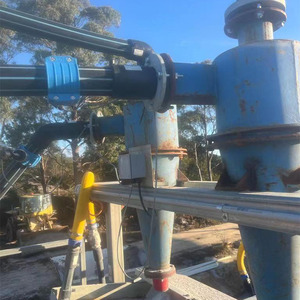


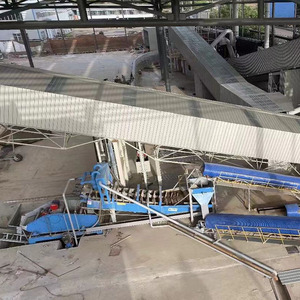
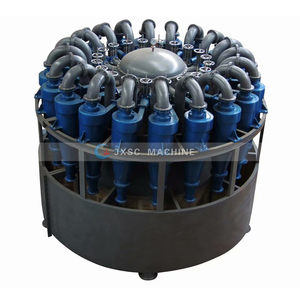













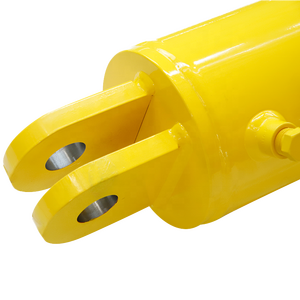



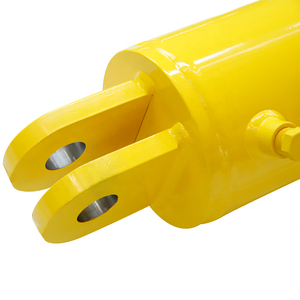
















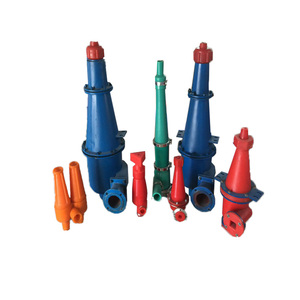


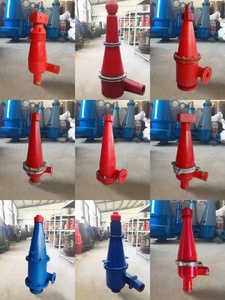



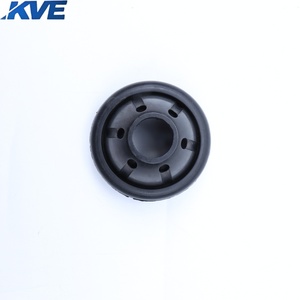



A hydrocyclone liner is a component that is used in hydrocyclone machines to separate particles from liquids. These liners protect the hydrocyclone from wear and tear due to the abrasive slurries it processes. The liners are made from materials that are resistant to abrasion and impact, such as rubber and polyurethane.
Hydrocyclone liners come in different types, including:
Rubber hydrocyclone liners
Rubber hydrocyclone liners are the most common type of liner. They are made from natural rubber or synthetic rubber, which is a combination of rubber and chemicals. These materials are very strong and have a high strength-to-weight ratio. They can be used to make other products. The rubber used to make these liners is usually thick, with a thickness of 10 mm or more. The excess thickness makes the liners resistant to wear and tear.
Rubber hydrocyclone liners are popular because they are inexpensive. They are also easy to install and remove when repairs or replacements are needed. However, they have some limitations. For example, they can only function at temperatures of up to 70 degrees Celsius. They are also affected by ultraviolet light. When exposed to UV light, the rubber liner becomes weak and loses its structural integrity.
Polyurethane hydrocyclone liners
Polyurethane hydrocyclone liners are becoming more popular. They are made from polyurethane, a material that is more resistant to wear than rubber. Polyurethane is usually 2 to 3 times thicker than rubber. This makes polyurethane liners last longer. They can operate at temperatures of up to 80 degrees Celsius.
Polyurethane hydrocyclone liners are also resistant to UV light. They maintain their structural integrity when exposed to UV light. However, these liners are more expensive than rubber liners. They are also more difficult to install and remove. They require special tools.
Metal hydrocyclone liners
Metal hydrocyclone liners are made from metals like steel or ceramic. They are very durable and can withstand a lot of abuse. However, they are more expensive and heavier. Metal hydrocyclone liners are also more difficult to install.
Solid/Liquid Separation:
Hydrocyclones separate solid particles from liquids. The mixture enters the cyclone, spins rapidly, and separates into different streams. It's an efficient way to clean or classify slurries.
Particle Size Classification:
These thin-walled tubes allow for the sorting of particles by size. Smaller particles move to the top and exit as overflow, while larger ones fall and exit as underflow. It's a simple yet effective method of sorting slurries.
High Capacity and Efficiency:
These liners are durable and allow for high throughput. They can handle large volumes with minimal maintenance. Their design maximizes separation efficiency while minimizing the space and resources needed.
Wear Resistance:
Hydrocyclone liners are exposed to abrasive slurries, so they must be wear-resistant. Materials like rubber, polyurethane, and ceramic are commonly used. They ensure the hydrocyclone has a long service life and operates effectively.
Corrosion Resistance:
These hydrocyclones deal with corrosive slurries, so the liners must be resistant to chemicals. Specialized coatings or materials are used to protect the equipment. This ensures the hydrocyclone liner functions optimally for extended periods.
Easy Installation and Maintenance:
Hydrocyclone liners are designed for simple replacement and minimal downtime. Features like alignment guides and quick-release hardware speed up the process. This liner reduces operating costs by increasing efficiency and decreasing maintenance time.
Customization:
Many suppliers offer customized hydrocyclone liners tailored to specific applications. Factors like slurry characteristics, particle size distribution, and desired separation efficiency are considered in the design. Customization improves overall performance and meets unique operational requirements.
Hydrocyclone liners are critical components in various industrial applications, particularly in the mining, mineral processing, and oil and gas industries. These applications involve the separation of particles from liquids using hydrocyclones. Here are some common usage scenarios:
Mining and Mineral Processing
In the mining industry, hydrocyclones are used to separate valuable minerals from ore. Hydrocyclone liners are used in this case because they reduce operational costs by protecting the hydrocyclone from abrasive wear caused by the slurry of ore and water. Other mining applications include:
- Tailings Management: Hydrocyclones separate water from tailings, reducing environmental impact.
- Dewatering: Cyclones aid in the dewatering of mineral concentrates.
Oil and Gas Industry
Hydrocyclones are used to separate water, sand, and other solids from crude oil or natural gas. The hydrocyclone liners enhance the efficiency of the separation process. This is because the liners provide wear resistance against abrasive solids in the fluid stream, ensuring the hydrocyclones function optimally. This reduces the costs incurred due to frequent maintenance and replacement. Other applications of hydrocyclone in the oil and gas industry include:
-Desanding: Removing sand and silt from drilling mud.
-Water Treatment: Separating oil from produced water.
Agriculture
Hydrocyclones are used in agriculture for irrigation and water management. Their liners are useful in these applications since they efficiently separate sediment and particles from irrigation water. This is important since clean water is vital for agriculural activities. Also, the reduction of water wastage is important in a water scarce environment. Other applications of hydrocyclone in agriculture include:
- Improving Irrigation Efficiency: Ensuring consistent water flow in irrigation systems.
- Drainage and Erosion Control: Managing stormwater runoff.
Pulp and Paper Industry
Hydrocyclones are used for fiber recovery and dewatering of pulp. The hydrocyclone liner helps to separate contaminants and fibers from water efficiently. This is important in improving the quality of paper products. Other applications of hydrocyclone in the paper industry include:
- Process Water Clarification: Removing fine solids from process water.
- Screen Room Operations: Enhancing fiber recovery in screening processes.
Material Selection:
The first point to consider when choosing a product is material selection. It is important to choose a liner material that can withstand abrasion and impact. This ensures longevity and optimal performance of the hydrocyclone. Various materials are available for hydrocyclone liners. These include rubber, polyurethane, and metal. Each of the materials has its unique features. The operating environment plays a critical role in determining the best material to choose. The operating environment includes the pH level of the slurry and the temperature.
Slurry Composition
The composition of the slurry also affects the choice of hydrocyclone liner. A slurry with sharp or abrasive particles requires a robust liner material. This can be a metal liner. On the other hand, a slurry with high acidity needs a material with good anti-corrosion features.
Liner Design
The design of the liner affects the flow dynamics within the hydrocyclone. Cyclone liners with advanced designs offer improved separation efficiency. When choosing a liner, it is important to look at the reviews and see how the liner performs in terms of separation efficiency.
Wear Life
As discussed earlier, the hydrocyclone is used to separate particles from slurries. This activity causes wear and tear on the liner. Different types of liners offer different wear lives. When choosing a liner, it is important to check the expected wear life. This ensures the chosen liner can operate within the desired timeframe before replacement.
Ease of Installation and Maintenance
It is important to choose a hydrocyclone liner that is easy to install and maintain. Such liners reduce downtime and increase the efficiency of operations.
Q1: How long does a hydrocyclone liner last?
A1: The lifespan of a hydrocyclone liner depends on different factors. This includes the type of materials used in construction, the operating conditions, and the frequency of maintenance. Generally, liners can last from a few weeks to several months.
Q2: What are the signs that a hydrocyclone liner needs replacement?
A2: Common signs include a decrease in performance, increased wear and tear, and changes in the particle size distribution of the separated materials. Visual inspections can also reveal cracks, tears, or other damage to the liner.
Q3: Can a hydrocyclone liner be repaired?
A3: While it is possible to repair a hydrocyclone liner, it is usually more efficient to replace it. Repairs may include welding or using patching compounds, but these methods may not withstand the operating conditions as well as a new liner.